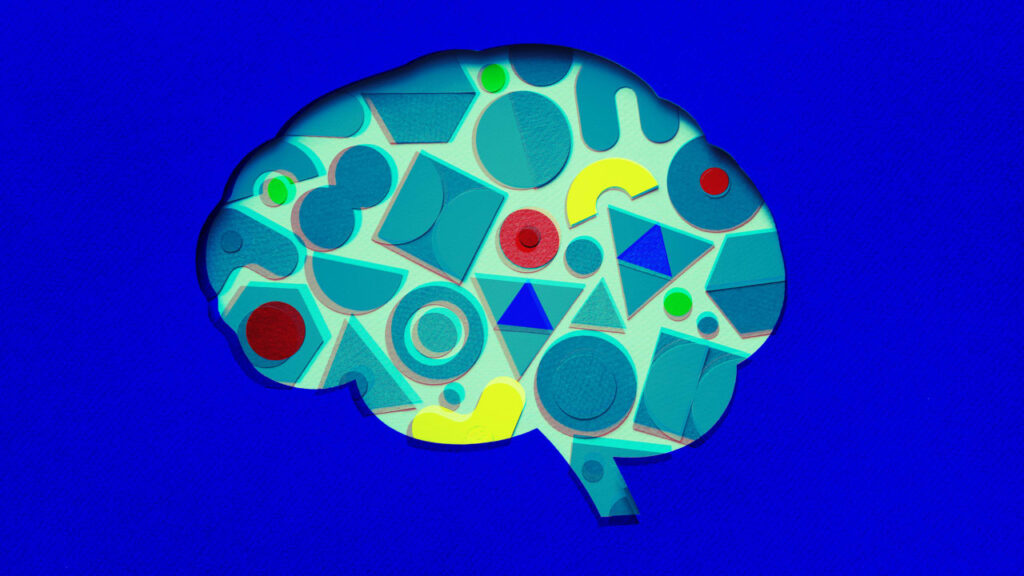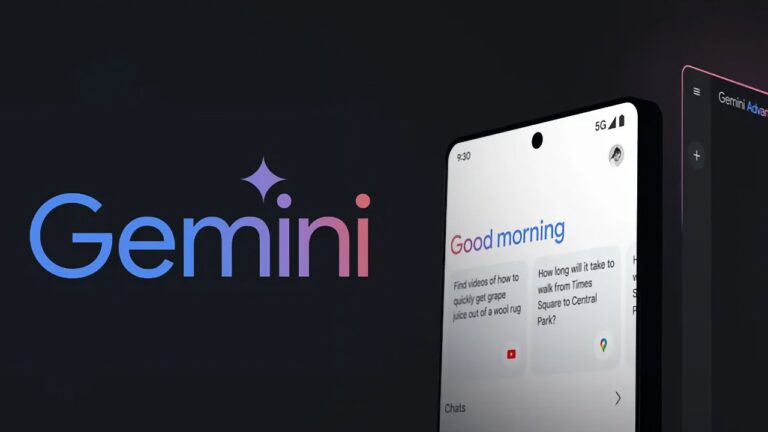
Google’s New AI Wonder: Gemini 2.0 – What You Need to Know!
In the world of technology, change comes fast and furious. One day, we’re marvelling at the latest smartphone, and the next, a new artificial intelligence (AI) model has hit the scene, ready to revolutionize our digital lives. Recently, Google unveiled its most advanced AI model suite to date, called Gemini 2.0. This suite isn’t just an upgrade; it represents a significant leap forward in how we think about and interact with AI. So, what exactly is Gemini 2.0, and what will it mean for users like us?
What is Gemini 2.0?
Gemini 2.0 is a set of AI models created by Google that are designed to perform tasks in a faster, smarter, and more efficient way. Think of it as a toolbox filled with specialized tools to help you with different projects. Each of the three models offers unique features suited for various tasks:
- Gemini 2.0 Flash: This model is optimized for high-volume tasks. Imagine trying to read all the books in your school library—it would take forever! But Gemini 2.0 Flash can process a huge amount of information quickly, making it perfect for people who need to handle lots of data without breaking a sweat.
- Gemini 2.0 Pro Experimental: This model enhances coding capabilities. For anyone interested in programming or computer science, this is like having a supercharged assistant that not only helps you write code but also suggests improvements and fixes errors before you even see them. It’s like having a coding mentor by your side!
- Gemini 2.0 Flash-Lite: This version is designed to be cost-efficient. If you’re trying to save money while still getting the benefits of AI, Flash-Lite comes in at a lower price point. Instead of costing a lot, it’s priced at 0.75 cents per million tokens, making it a great option for students or small businesses.
Why is this Important?
So, why should we care about Gemini 2.0? For starters, the launch of this new suite represents Google’s decisive move into the field of AI, a territory where companies like Meta, Amazon, and OpenAI are heavily competing. With advancements like these, Google aims to not just keep up but to set the standard for what AI can do.
Another important aspect of Gemini 2.0 is its ability to create multimodal outputs. What does this mean? Basically, it can understand and produce different types of content—like text, images, and even audio—all at the same time. Imagine you’re working on a school project, and you have to write a report, create a slideshow, and produce a video. Gemini 2.0 could help you put all those pieces together in a way that makes sense and looks great.
The Rise of Intelligent AI Agents
With Gemini 2.0, Google is also focusing on creating more intelligent AI agents. Think of these agents as your digital helpers that can take on complicated tasks for you. For example, let’s say you want to plan a birthday party. Instead of struggling to find the best venue, catering options, and entertainment, you can tell your AI agent what you have in mind. It can search for options, compare prices, and even make reservations on your behalf! This means you can spend less time stressing out over details and more time enjoying the fun part of the party planning.
The Cost of Using Gemini 2.0
In terms of pricing, Google has made it relatively affordable to use these advanced AI models. The Flash model costs just 10 cents per million tokens, while Flash-Lite is even cheaper. For those who aren’t familiar, a “token” refers to pieces of text—a single token might be a word or part of a word. So, when you think about the price, it’s pretty amazing how much data you can process for such a low cost, especially if you’re a student or a small business owner.
What This Means for the Future
As we dive deeper into the digital age, the potential applications for AI like Gemini 2.0 are virtually limitless. From education to healthcare, from entertainment to environmental science, smarter AI could greatly enhance how we work, learn, and solve problems. For instance, students can use AI to assist with homework by getting quick explanations or finding resources they might not have considered.
Personal Touch: My Thoughts on AI
As a high school student, I find it fascinating to consider how this technology could impact my everyday life. Recently, I had to complete a group project for my biology class, and we spent hours just organizing our ideas and research. With something like Gemini 2.0, we might have been able to streamline the process significantly, allowing us to focus on being creative instead of getting bogged down in logistics. The idea of an AI tool helping with brainstorming and idea generation opens up a whole new world of possibilities. It could even inspire creativity—who knows what unique projects we could create!
However, it’s essential to think about the ethical aspects of using AI. As AI becomes more integrated into our lives, there are questions we need to ask, like: How much should we rely on these technologies? Could we lose our ability to think independently or be creative? While AI can immensely help us, we must remain active participants in our learning and problem-solving journeys.
Conclusion: What Does the Future Hold?
In conclusion, Gemini 2.0 is more than just an advanced AI model; it represents a major step toward redefining how we interact with technology. With its potential for high-volume processing, coding enhancements, and cost-efficient options, we are now on the brink of a new era of digital interaction. As we embrace these intelligent AI agents, our lives could become easier, more organized, and potentially more creative.
So, what are your thoughts? Do you think AI like Gemini 2.0 will positively impact our education and daily lives? Or are you concerned about the pitfalls of relying too much on technology? Share your opinions in the comments below!






